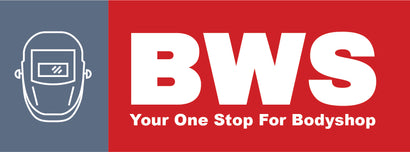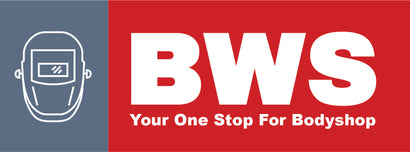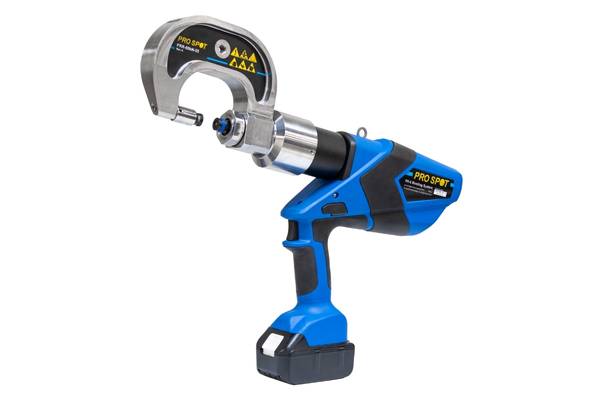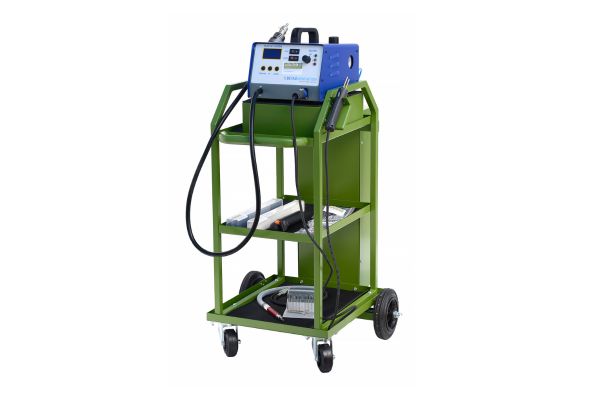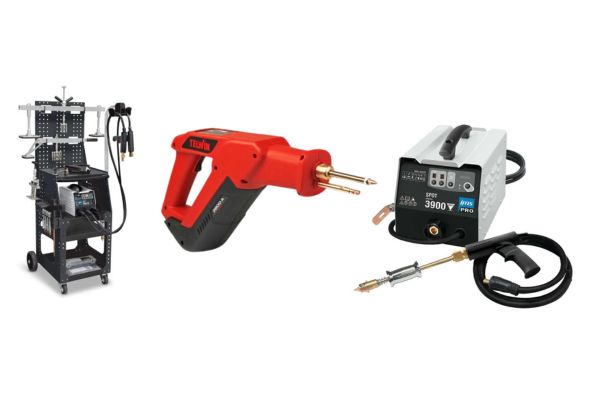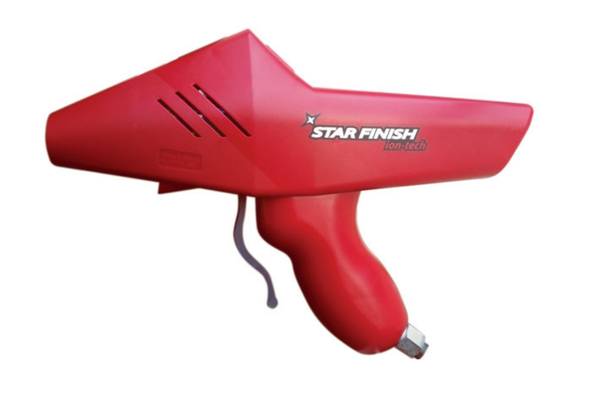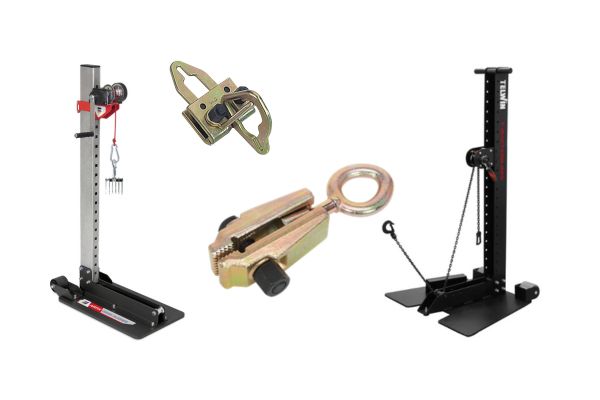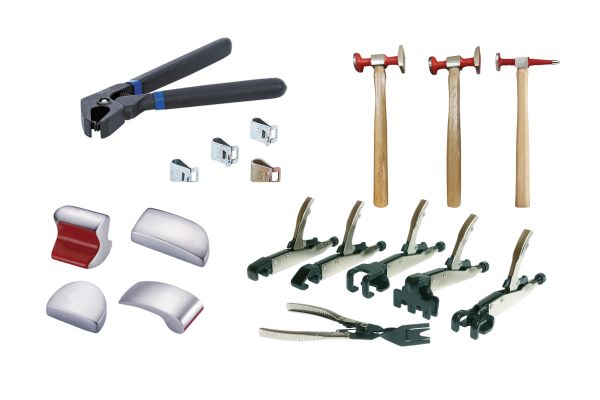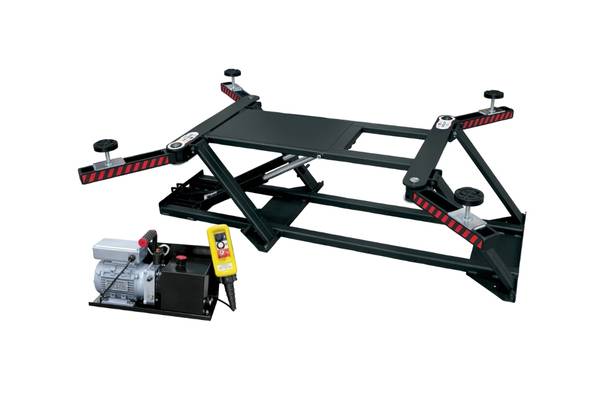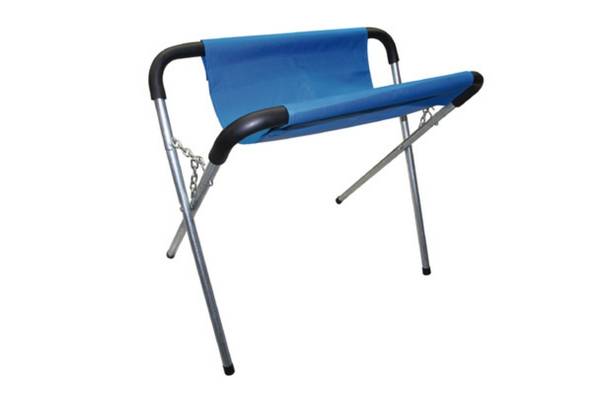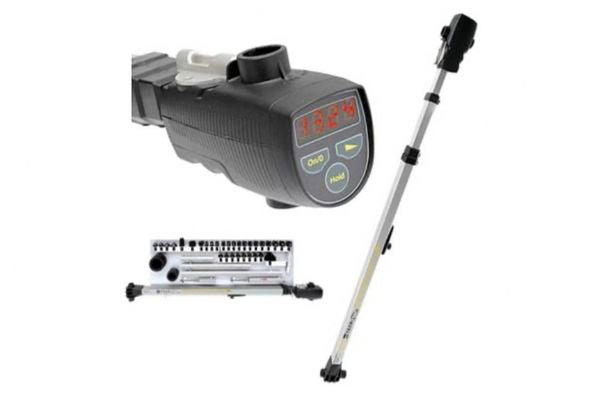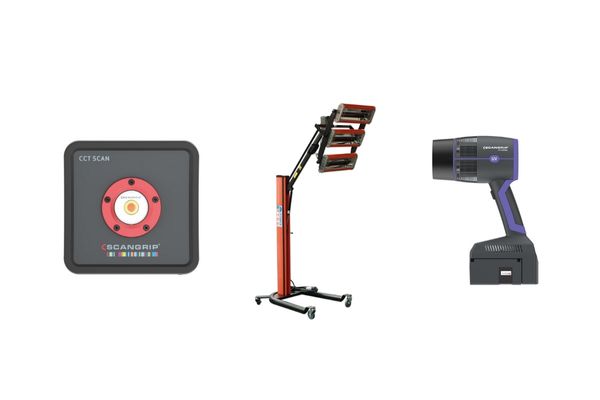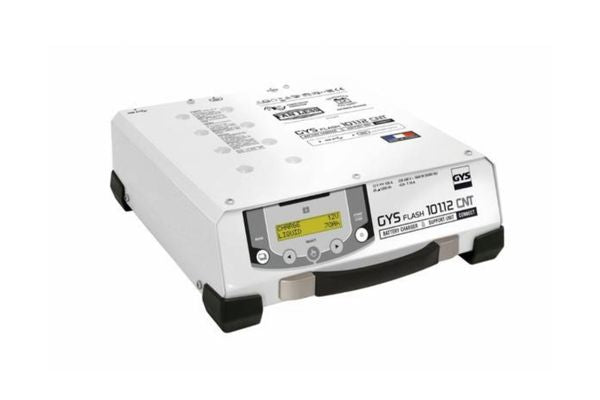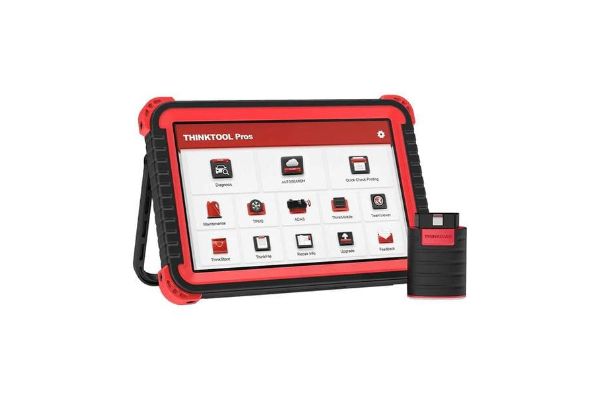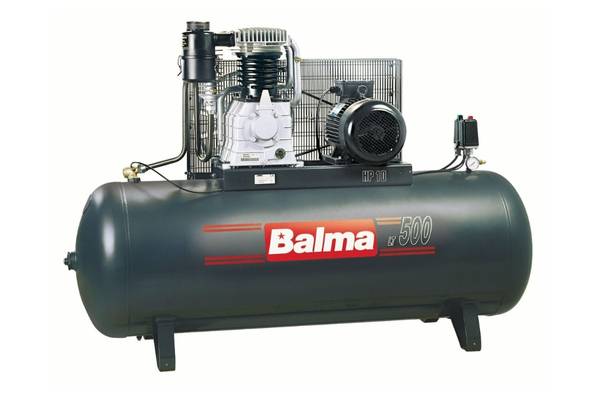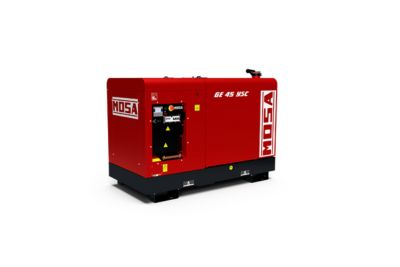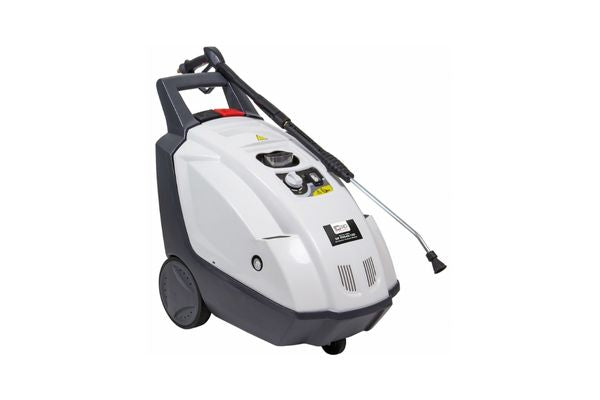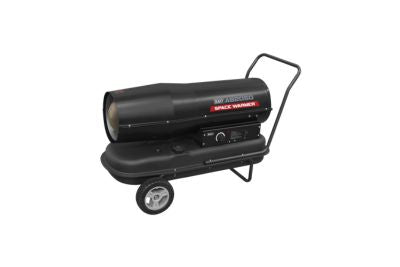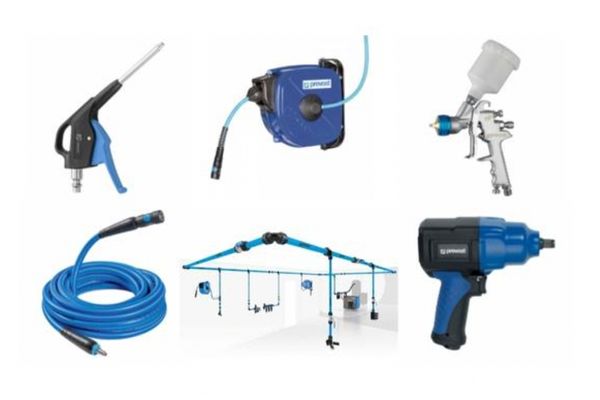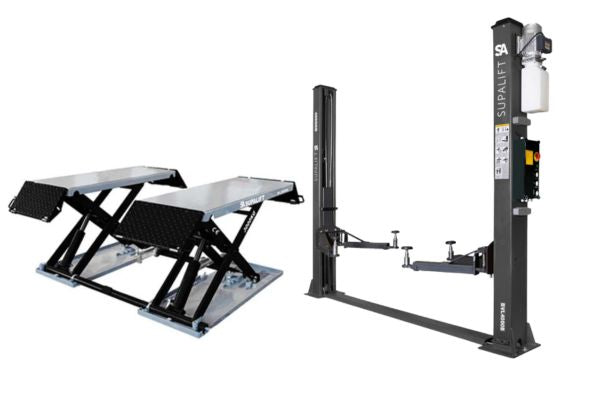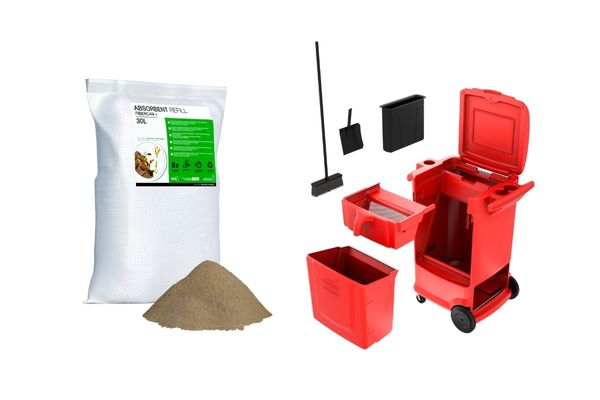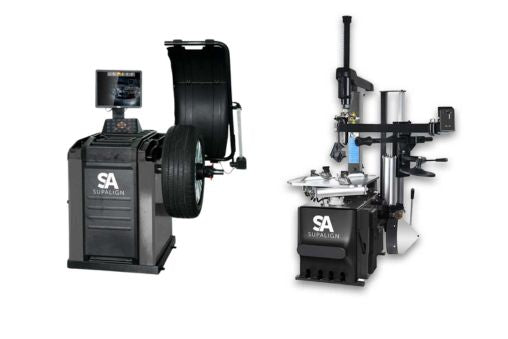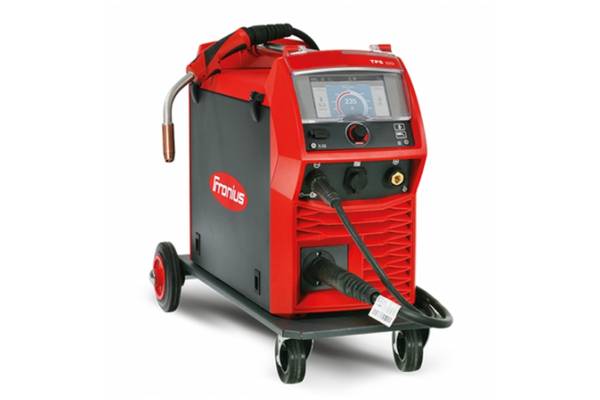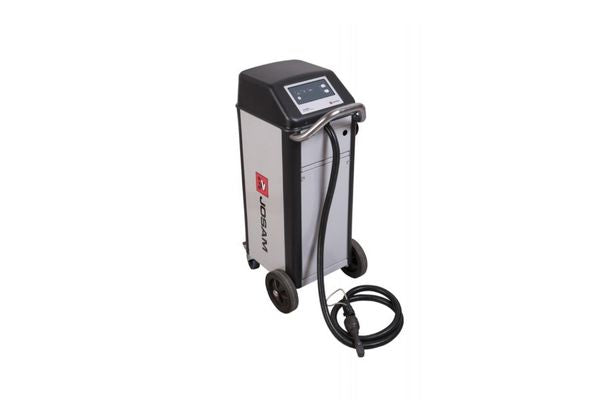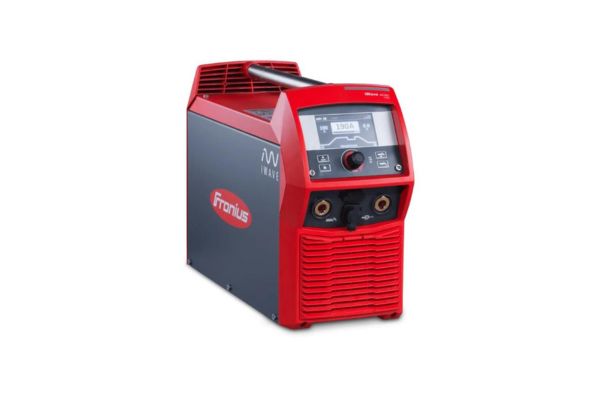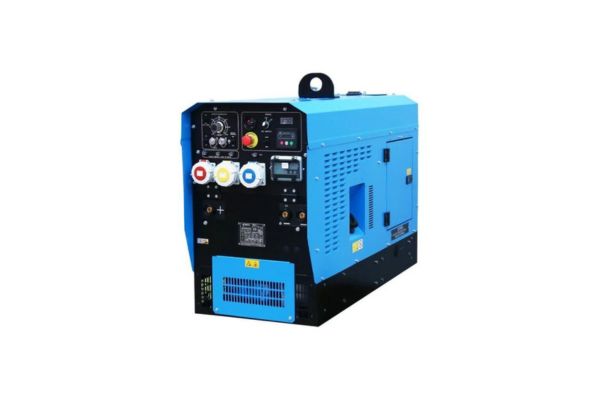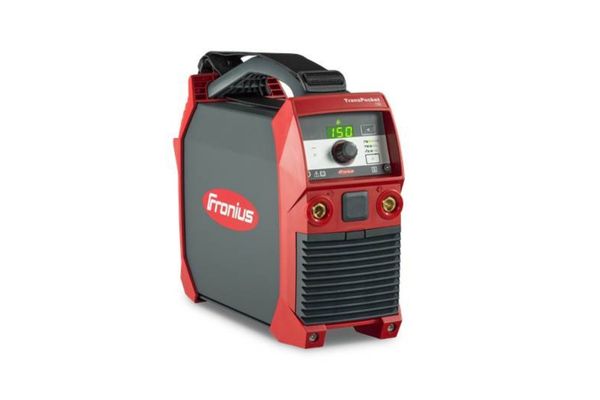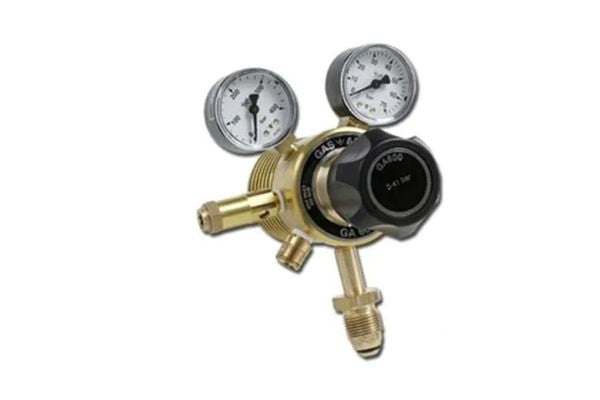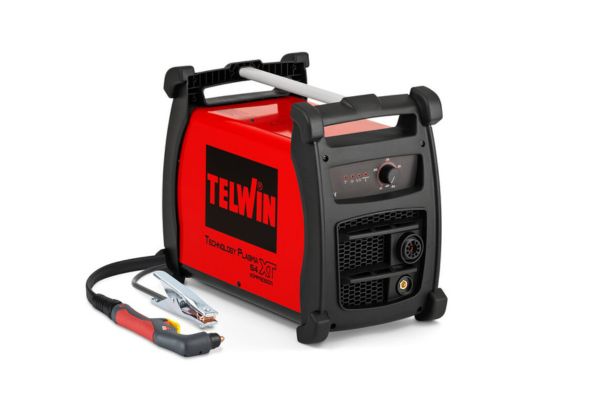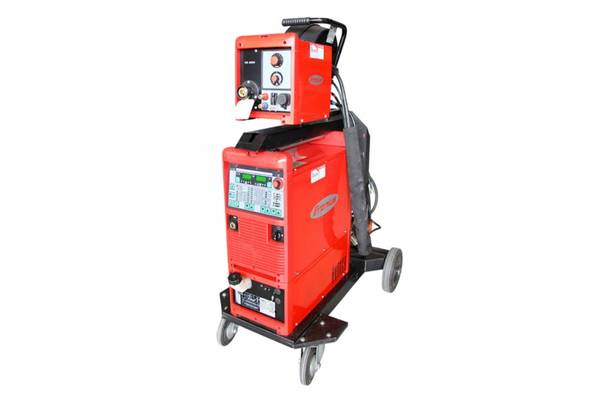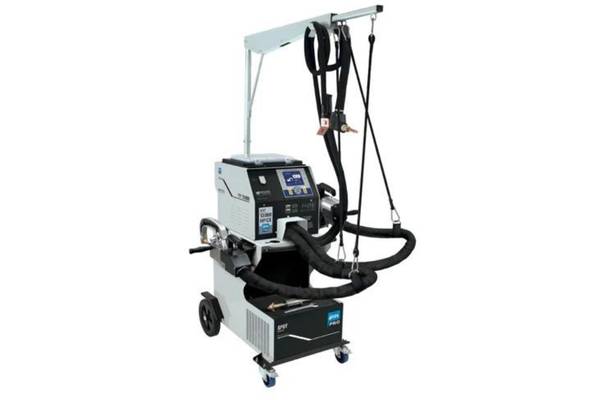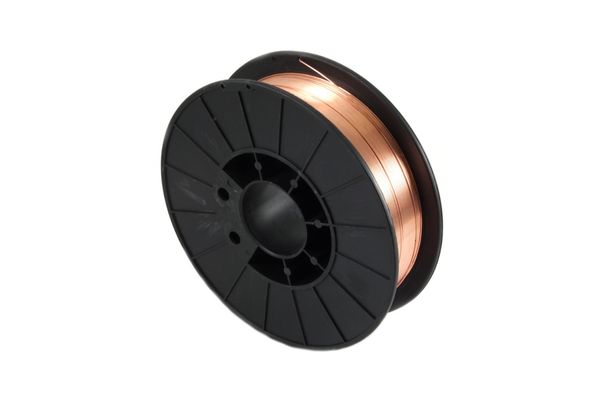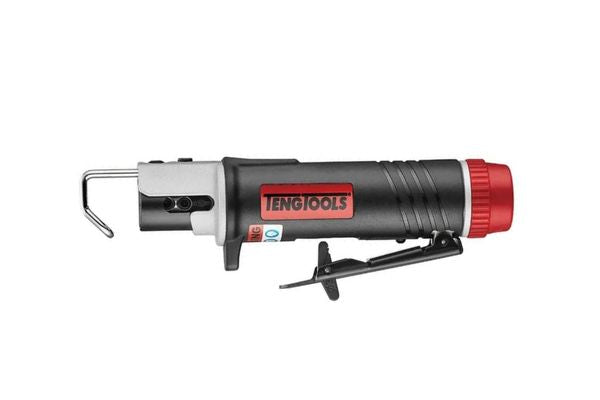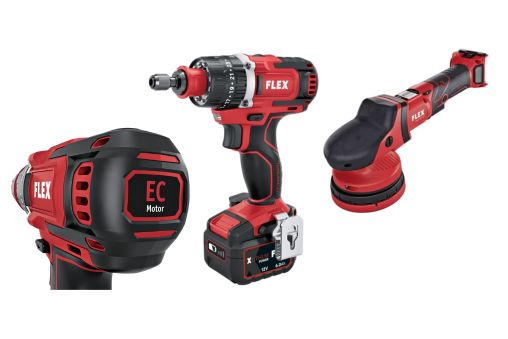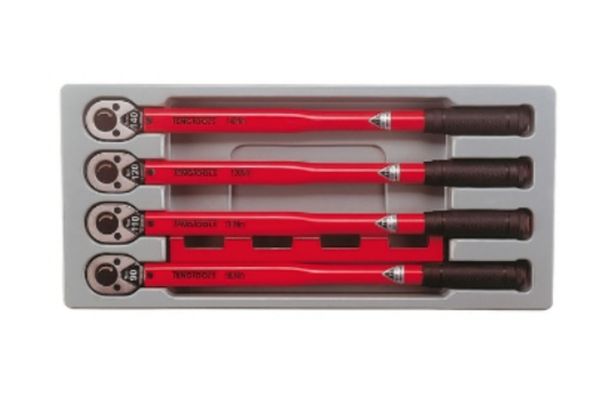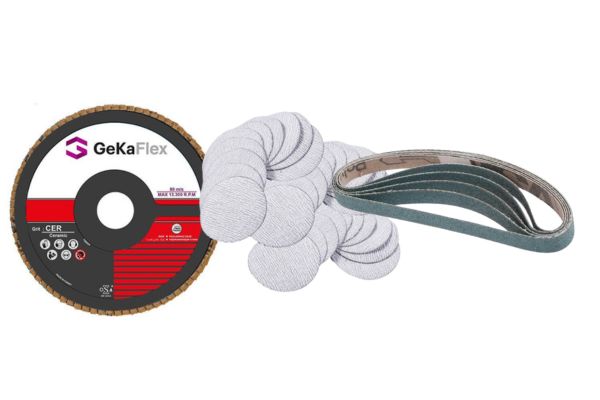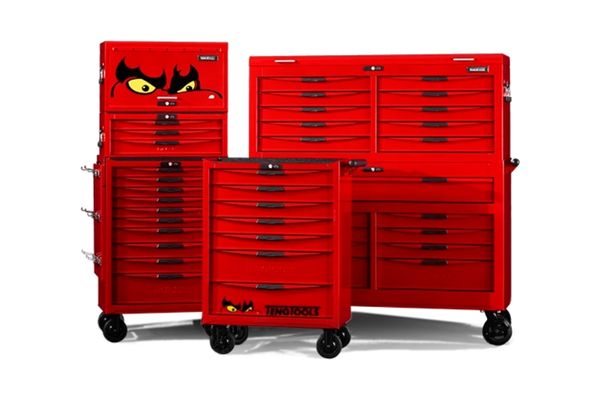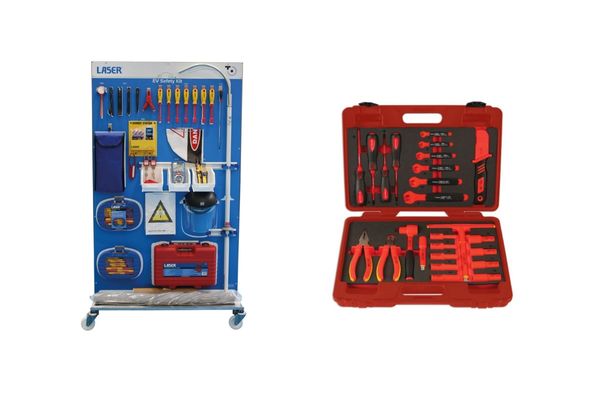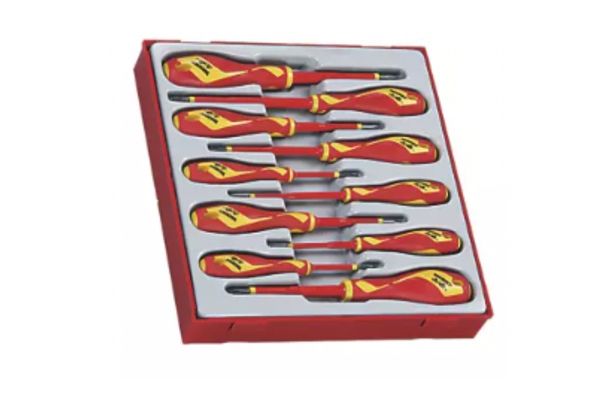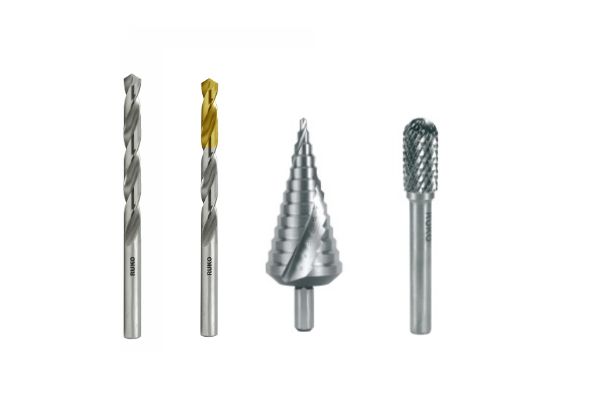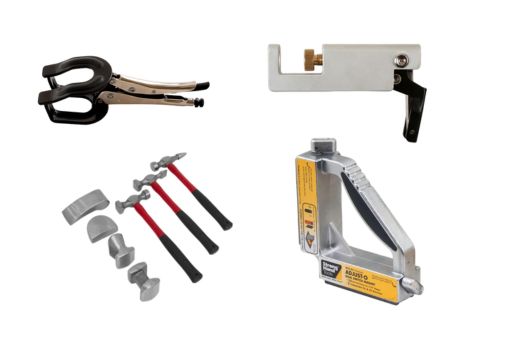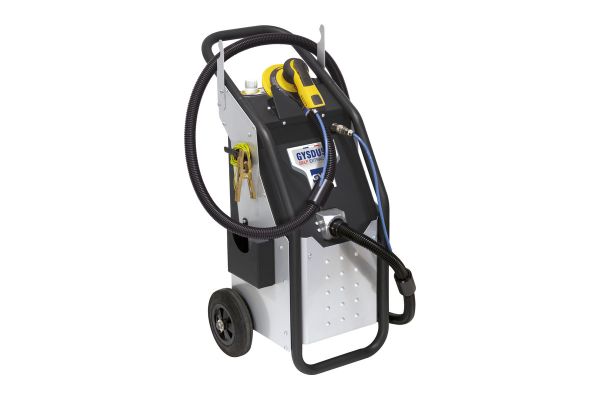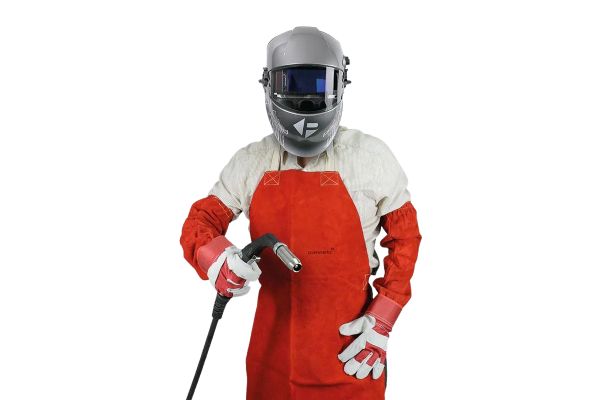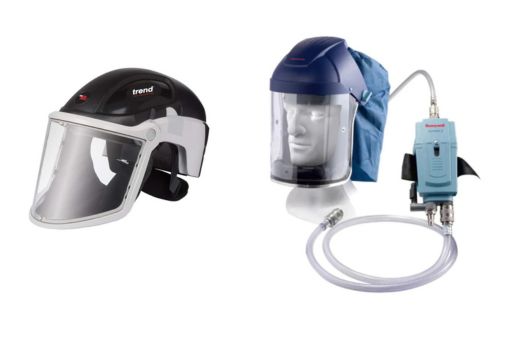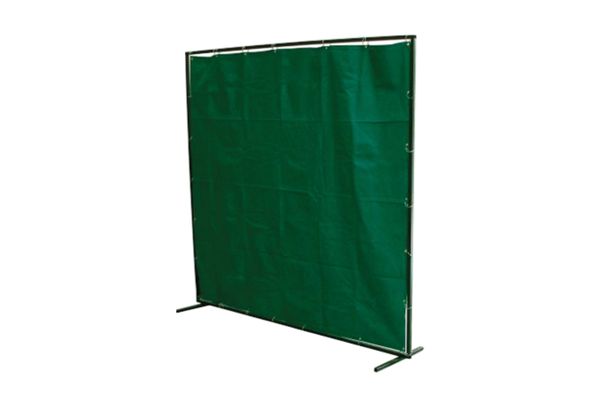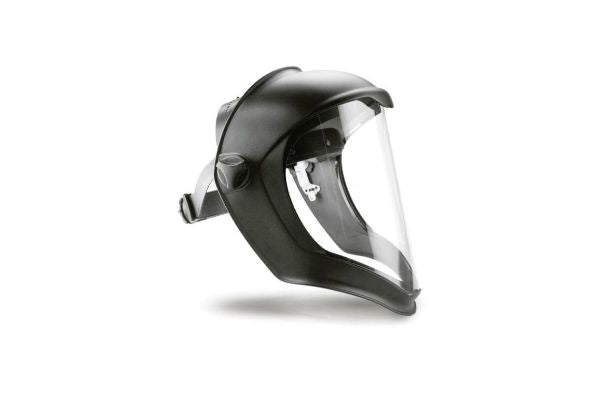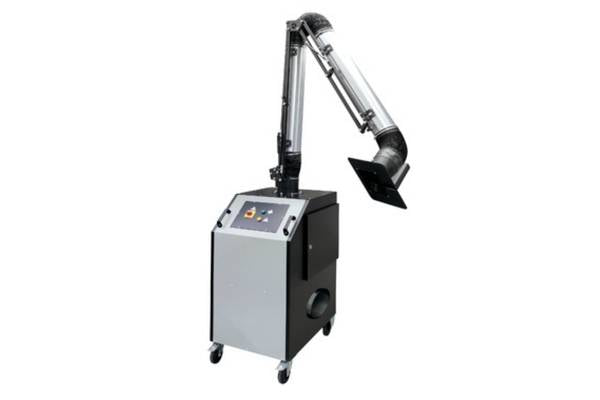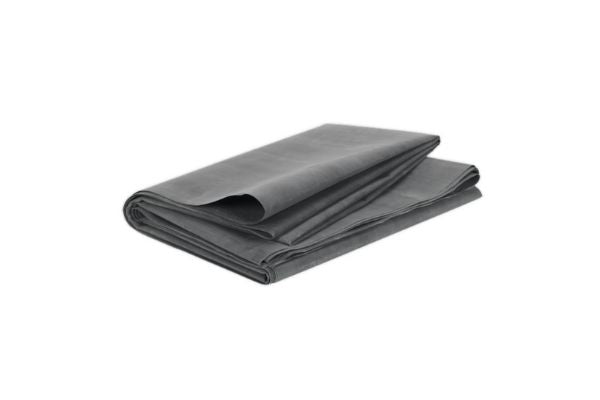Need Some Help? 0161 223 1843
Need Some Help? 0161 223 1843
BODYSHOP
WORKSHOP
WELDING
TOOLS
SAFETY

The Best Welding Fume Helmets
September 23, 2019 6 min read
What Features To Look For When Buying
In February 2019 an H&S Safety Alert was released after more scientific evidence that welding steel is now a known carcinogen and as such welders and the surrounding people must be protected from welding fumes in there breathing zone.
The stipulation is that over 95% of welding fume protection must be offered, for the welder as well as people in the area.
If over 95% of welding fume is captured at source then you don't need a PARP Helmet if not, then you do.
Here we list some features and specifications we would recommend before you purchase so that you make the right choice for you!

Interesting Fact
Under normal working conditions, the respiratory rate is about 20 litres of air per minute. Over a working year (full-time welding), a welder breathes in about 2300 m3 of air.
For example the Occupational Exposure Limit (OEL) for zinc oxide, which is 5 mg/m3. Even if you’re within this OEL, you inhale up to 11 grams of zinc oxide every year when not using personal respiratory protection.*
Scary isnt it! Welders have always known about eye protection but maybe not so much about fume and fume protection.
How do they work?
Welding fume or PARP systems have been around for many years and consist of a battery-operated filter unit worn on a belt around your waist and attached to this is a flexible tube that runs up your back into the top of the welding helmet.
Air is sucked in from behind the welder ( the cleanest place away from heavy fume), sent through filters and blown out into the top of your helmet giving you a nice cool stream of clean filtered air. The positive pressure of this airstream means the outside fumed air cannot pervade into the helmet. To help in this a bottom cloth cover goes under your chin to for a loose seal.
I must admit the blowing of the air is a nice bonus as it cools you, some of these helmets can be heavy and cumbersome and welding can be a sweaty and hot job.

The Blower / Filter Unit
Different units have different functions and specifications but below is what we would recommend the unit has if you can them get for the price.
- Approval to EN12941 (TH2) Powered Respirator
- Battery charge indicator
- Brushless motor - gives longer life
- Pre-filter - removes larger particles
- Particle filter, particulate filtration.
- Gas filter - filters out inorganic and organic vapours and acid gases
- Rechargeable Li-ion battery
- Blocked filter audible alarm and if possible vibration
NIMH or Li-ion Battery?
Lithium has many advantages over NIMH and I feel is better suited for welding PARP systems.
- They are lighter than NIMH.
- Faster recharge time than NIMH.
- Can be left for longer without charging as they have a very low internal discharge rate.
- Lithium batteries do not suffer from a memory effect, so they don’t need to be discharged completely before recharging in order to preserve their capacity.
- Lithium batteries do, however, lose their original capacity the more they are recharged but most are designed for hundreds of recharges before they are deemed useless.
Another consideration should be the cost of the filter and consumable spares. Don't just look at the price of the helmet, check how much filters cost across different manufacturer models before making your choice.

Welding Shield
The welding shield is the main reason you buy the helmet you do, features are important but the two main ones to look for are the quality of the auto-darkening lens and the comfort and weight of the helmet. The weight is very important if you're going to be wearing the helmet for a long shift. Weight differences of only a few grams can very easily cause neck fatigue.
The larger and better the Auto lens the easier it is to see the weld pool without having to move your head into unnatural positions, again this reduces fatigue. The quality of the lens also reduces the risk of your eyes getting tired.
Always ensure your helmet meets the following criteria:
-
EN379 Auto Darkening Welding Filter
-
EN166 Eye Protection
-
EN175 Welding Shield
- ANSI Z87.1 ( US Specification for eye and face safety products )
Helmet - features and functions

As we have said before weight and size of the helmet can be important. Fume welding helmets can be heavy so it's important to try the helmet and to ensure it's comfortable.
Conclusion
We have listed a lot of the features we would look for in a welding helmet and this is what we do when recommending. Price is important and some of the lower-priced units have great features for the price. Just because a helmet costs a £900 doesn't mean its the best or the perfect one for you.
If you need any more advice or just want to speak to someone before purchasing then please CONTACT US
*Source 3M
Leave a comment
Comments will be approved before showing up.
